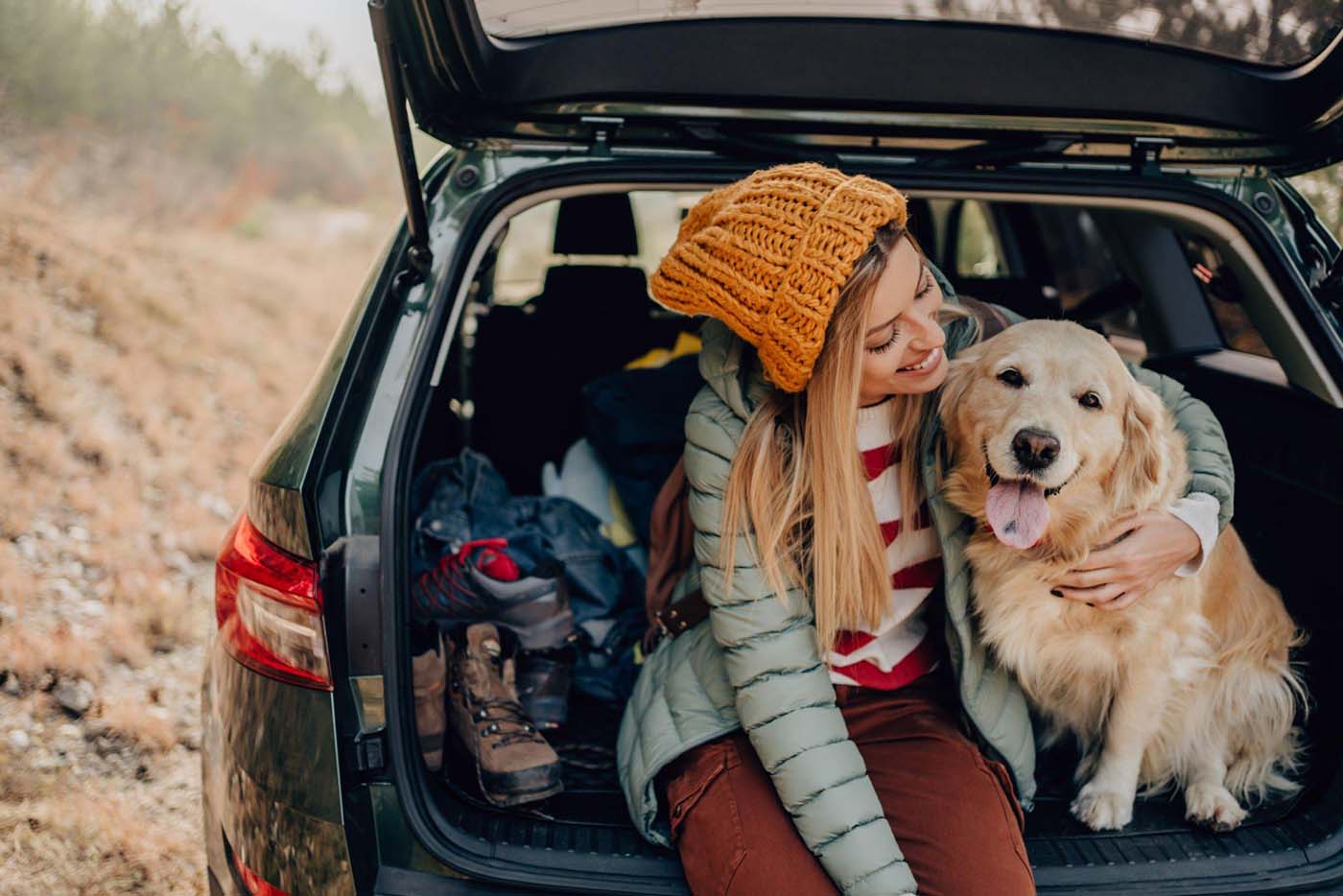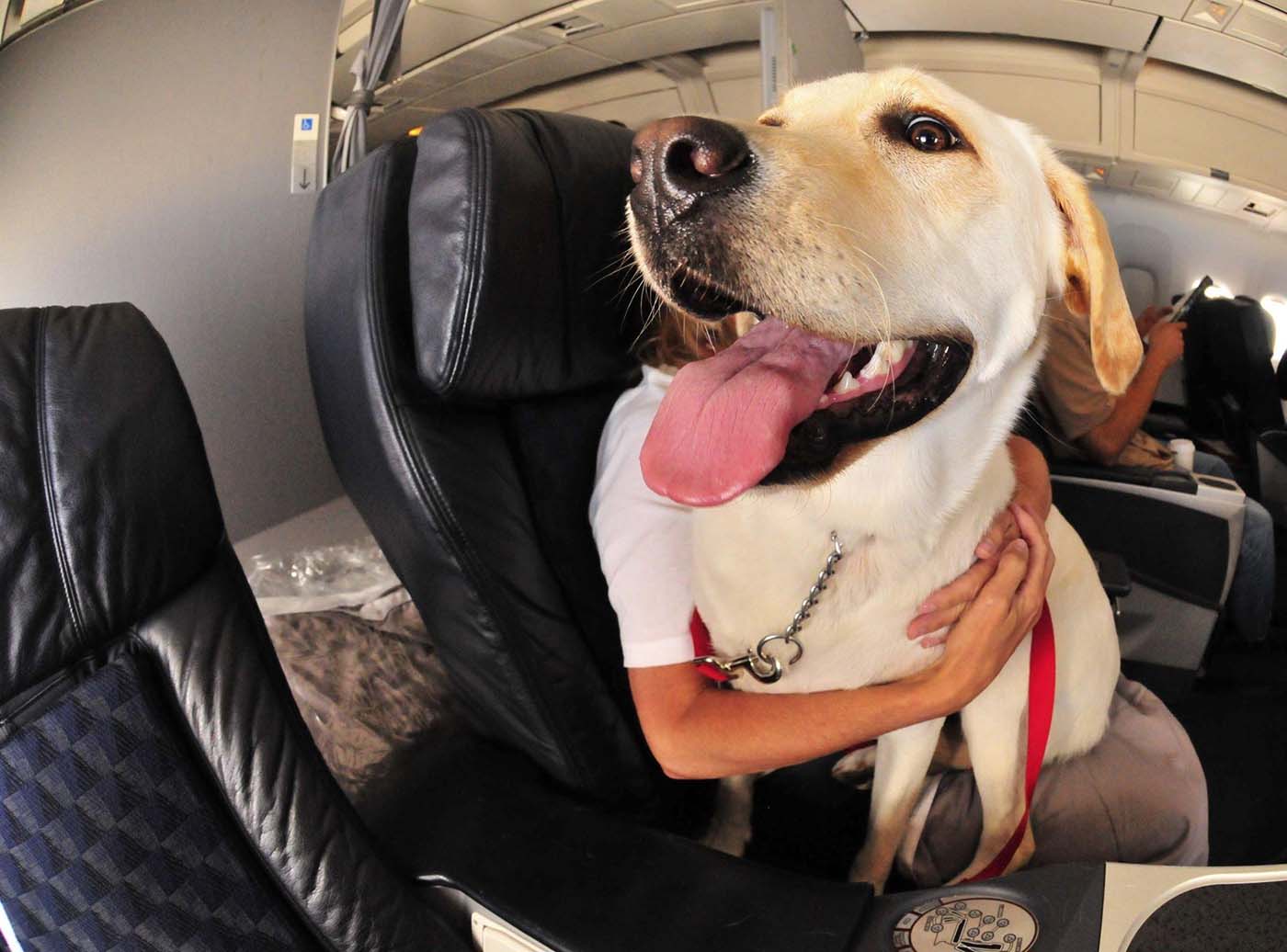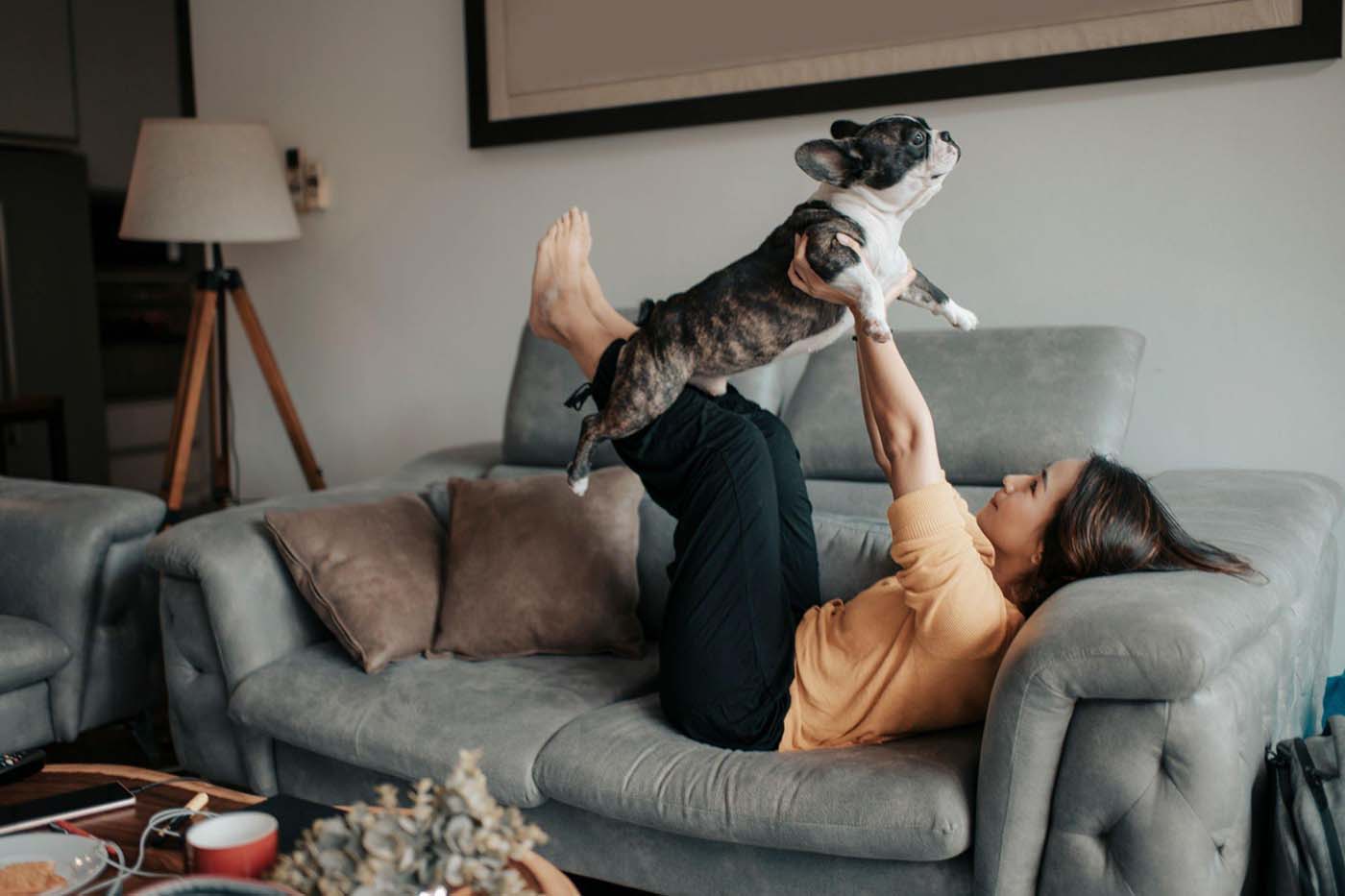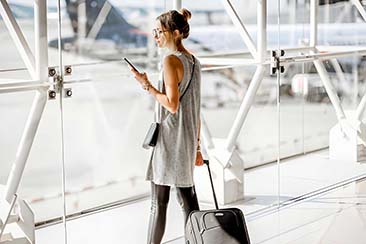Thanks to advances in technology and air travel, bringing your pet dog, cat, or even fish (!) along to experience an extended holiday or trip abroad is far easier than it was ten or twenty years ago. Airlines and transport providers can accommodate your pet as you travel around the country.
However, air and long-distance road travel can cause anxiety for certain pets, as they may be unaccustomed to spending lengths of time in carriers or other enclosures. Here are some tips to help care for your pet so they can enjoy the ride – and give you peace of mind too!

Are they healthy?
The first port of call is to the vet. Is your beloved pooch or feline healthy enough to travel? To ensure a smooth and trouble-free trip, it’s important that your pet is in good shape. The vet will make sure that all of your pet’s vaccinations are up to date and treat any internal or external parasites if needed.
If your pet isn’t microchipped, it’s also a good idea to do that at the vet when you’re there. It isn’t compulsory as a condition of air travel, but it’s always better to be safe than sorry in case they go missing.
Getting the right crate
Unless you get special permission or consideration from the airline, your pet will be travelling in a crate and be in the crate until you are able to let them roam freely. The crate you select must be International Air Transport Association approved in order to be accepted on to an aircraft.
IATA-approved crates come in several standardised sizes. Generally, your pet should be able to stand up and turn around in the crate, as well as lay down comfortably with their paws stretched out. You need to measure your pet to come up with the following variables:
A: The tip of the nose to the base of the tail
B: Height from the ground to the elbow (standing position)
C: Width across the shoulders
D: From the top of the head to the ground while standing. If your pet has erect ears, measure from tip of the ears to the ground.
The length of the crate must not be less than the measurements from A + B. The width of the crate should be C+2.5cm x 2, and the height of the crate should be D + 7.5cm.
You should also carefully label your crate with live animal stickers in correct international format, as well as any permits and certificates you may need to show to travel officials.
Crate training
You should begin training your dog or cat for using the crate well before your flight – at least a few weeks before if possible. This will give them ample time to get used to the crate and be comfortable with their surroundings.
Officials from the airline won’t open the crate and let your pet out after you drop it off until they give your pet back to you. Because of this, it’s important that your pet is calm and relaxed in the crate so the flight goes well for owner and pet!

Pet-friendly flights
Not all planes have pet-specific cargo holds and you’ll need to check with the airline before you make any hard and fast bookings. You need to review the proper pet check-in and pick-up procedures and make allowances for walking distances between terminals and drop-off points.
You will have to formally check in (i.e., you can’t check-in on your mobile) at the airline check-in desk. Usually airlines don’t accept pets more than two hours before the scheduled departure, so keep this in mind. You should also note any breed exceptions; some more aggressive breeds may be barred from travel – and if your dog displays antagonistic behaviour during check-in.
Other snub-nosed breeds like Pekingese, pugs, and bulldogs may also be restricted from travel if the journey exceeds five hours.
If you aren’t sure, a doggy day care may be your best option, unfortunately!
Caring for them before and after
Pets can easily get dehydrated in planes, as air is constantly recirculating throughout a pressurised cabin. Before checking in, ensure they have had a sufficient drink of water so they can feel relaxed and comfortable.
Make sure they eat a light meal no later than six hours before the flight, as flying on a full stomach can cause motion sickness. Make sure they have been walked or exercised beforehand, as well as making a toilet stop before checking them in.
Are they insured?
If your pet gets sick or injured on holiday, they may need an emergency trip to the vet or vet hospital. Emergency veterinary medicine or surgery can add up quickly; blowing out the entire budget for your holiday or stay. Make sure you have up to date and comprehensive pet insurance coverage, and that your pet insurance covers trips away.
You should compare different pet insurance options if you haven’t got insurance and are planning to take your pet with you. Learn more with this pet insurance guide.
Following all these tips can ensure your pet has an enjoyable trip – hopefully as much as you do!








